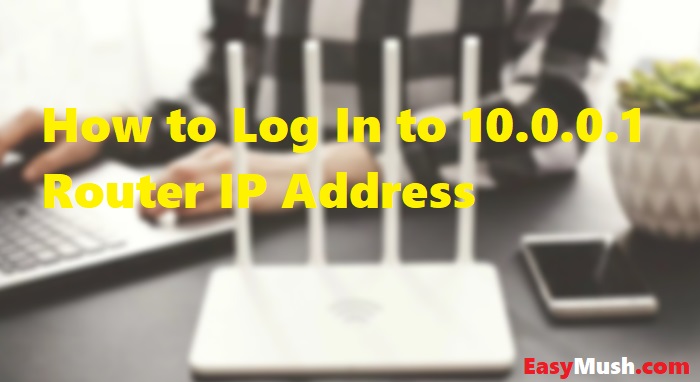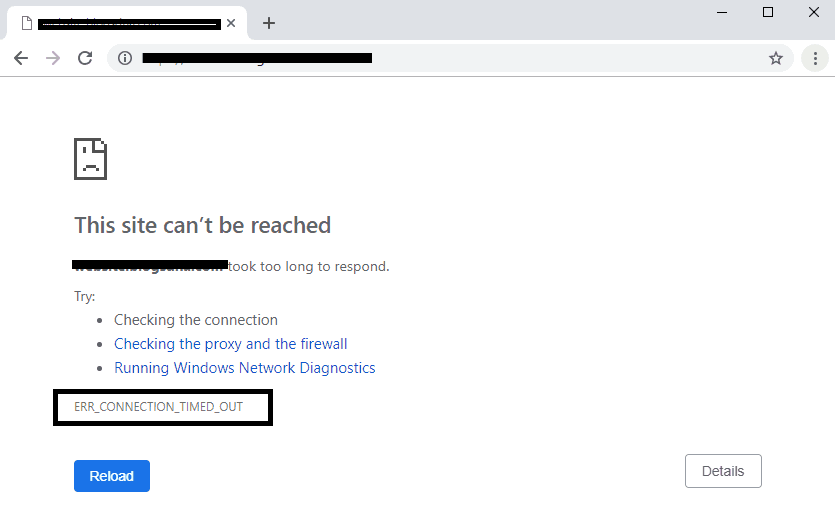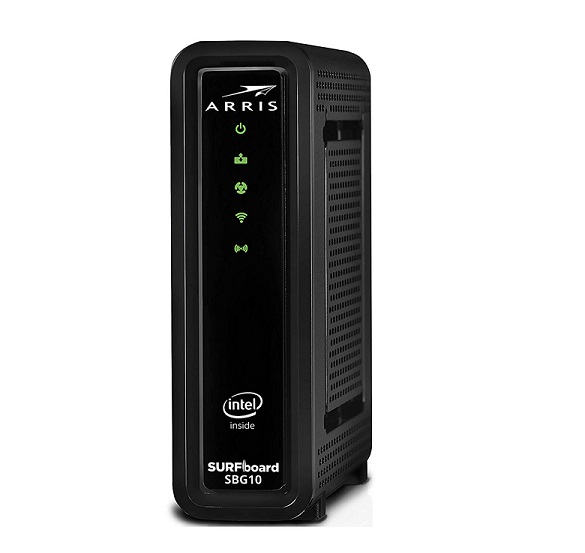A Router is a networking device, useful in forwarding data packets between computer networks. A most common type of routers are home and small office routers; they forward IP packets between the home computer and the internet.
This way a router acts as the nodes making computer like the internet. An example of a router would be the owner’s cable or DSL routers, which connects to the internet through an Internet Service Provider (ISP).
What Is a Router and How Does It Work?
Routers perform the traffic directing functions on the internet, i.e., It directs incoming traffic to its destination. For example, when you view an article the website of article transits data packages coding from the server of the article, through various nodes on the internet, and then it arrives on either your phone computer through your router.
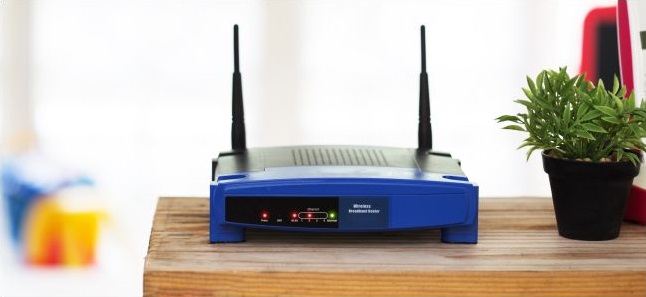
The browser on your device decodes those data packages to display the article you are reading. Since we use more than one device in the household connecting to the internet, you need a router that can manage the incoming network signals.
Therefore, your router also makes sure that a website you want to see on your one device does not arrive on your other device. In general words, the router sends data packaging coding for a website you want to see on your mobile and not on your computer.
The router does it by using the MAC address of the device you are using for viewing a certain website. The devices you use every one of them carries their unique MAC address just like the router carries a unique IP Address.
When you request any information from your device, your router keeps a track table according to which router sends incoming data packages to the correct recipient.
Read Also:
What Is the Difference Between Modems and Routers?
Modems and router are two of the most common computer peripheral devices, the devices may look similar, but each of them serves a different purpose. A router is a small box that allows multiple computers to join the same network while the modem is a device that provides access to the internet. The modem functions by turning network signals of ISP you are using into a standard network signal, and it serves as a bridge between your local network and the internet.

How a modem connects to your network, i.e., kind of modem, your ISP will provide you depends on the type of connection you have or how you are connecting to the internet. For example, a DSL uses copper wiring of telephone line whereas a cabled or optic fiber broadband modem uses coaxial or optic fiber cable and because of this reason DSL modem requires different technology compared to the cabled broadband modem.
The DSL (Digital Subscriber Line) modem functions by filtering the frequencies level that your phone, voice data, and internet produce, on the other hand, cable modems functions by differentiating between internet and television signals which are transmitted on different channels. Unlike DSL and cable modem, Fibre Optics functions by using light pulses to transmit information. At last, the signals that modem decodes into standard data packages then router distributes to target devices.
Do You Need a Modem and A Router?
Yes and No.
While Router and Modem are often separate entities but if combined together into a single device, they can simplify the setup process. Therefore, you might not need two separate devices. Many of the routers also function as a router, and they also act as WiFi routers, i.e., performing three functions in one.
While a combined unit has its own attractions, you might note it has its disadvantages too, as using separate devices offers more flexibility and makes sure you are using the best quality devices.
How to Setup A WiFi Router?
Generally, the router is an easy setup device which people forgets after set up until they start having connectivity or other kinds of issues with your network. Routers do not require any additional set up to function as they normally plug it and play devices. However, it is important to configure the router manually because the router also acts as a security device.
Once you have a router, you need to get it connected and online. If you want a general walk-through of setting up your router, these steps will help you get connected:
Access Your WiFi Router’s Admin Panel & Settings
All routers have a built-in web-based setup page that allows you to customize settings and set up advanced properties. First, establish a physical connection with your computer and your router.
After a physical connection is established between your computer and your router, open your browser and type the IP Address of your router. If you have trouble in finding your IP Address (for example, 192.168.0.1). You can find it on the back of your router by checking its sticker pasted on its back.
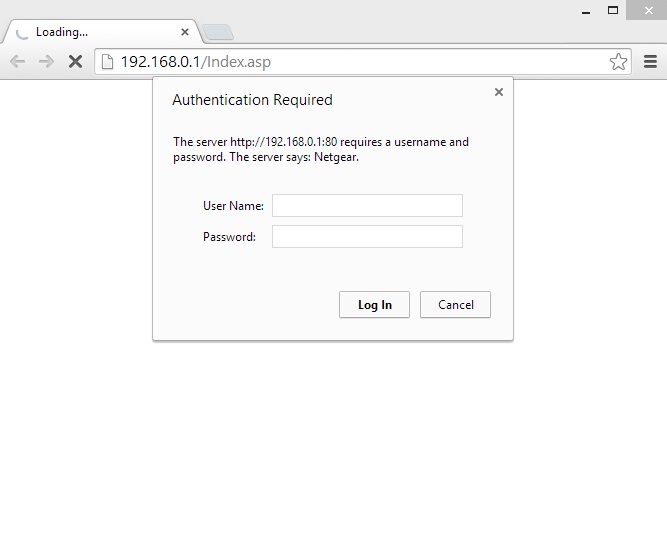
The sticker pasted on the back of your router contains the IP Address your router, along with the username and password you need to log into your router. When you get the correct IP Address of your router, you will see a screen displaying login pop up menu and then, you can enter login credentials.
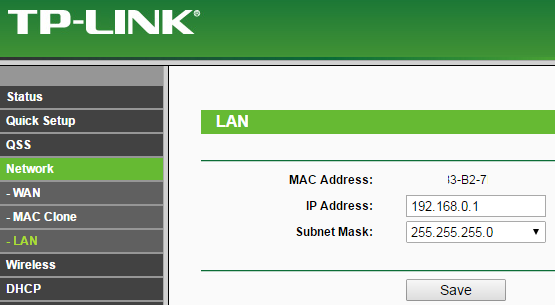
What is the IP Address of My Router and How to Find It?
If you face any problem in finding your IP Address you can easily find it by following the steps below:
Step 1: Click on the start button and type cmd in the search box and then select command prompt.
Step 2: When a new window opens, type ipconfig and hit enter.

Step 3: You will see the IP Address next to Default Getaway. (in the example below, the IP Address is 192.168.29.1)
You can also find your router’s IP Address by method 2
Step 1: Click on the Network Icon located at the bottom right.
Step 2: Right-click on that icon, and then select “Open network and sharing center.”
Step 3: Click on the link that is located next to “connections.”
Step 4: Next click on “Details.”
Step 5: You will see the IP Address next to IPV4 Default getaway.
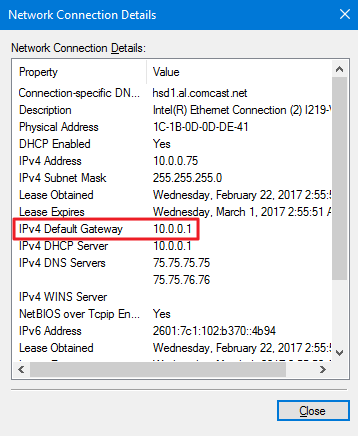
How to Change Your Wireless Router Name and Password
As we told you before that the back of your router contains your password on a sticker; therefore, we advise you to change the default administrator password. It is good to change your default password not the reason that it’s printed on the back of your router but because anyone could easily access it resulting in manipulating your router’s or internet settings.
When you install a new router or when you log into your router for the very first time, the software might ask you if you want to change the default or administrator password or not.
If you want to change your router password manually, you can log into your router as described above. After you log in you can easily change it using these steps:
Step 1: Connect to the home network and open a new web browser window.
Step 2: In the address bar, type your router’s IP Address (for example 192.168.0.1 as given above) and then press “enter.”
Step 3: Select “Change Wireless Password” in the right-hand menu, or you can select “Wireless Settings, Set Up or Wireless” depending on your router type.
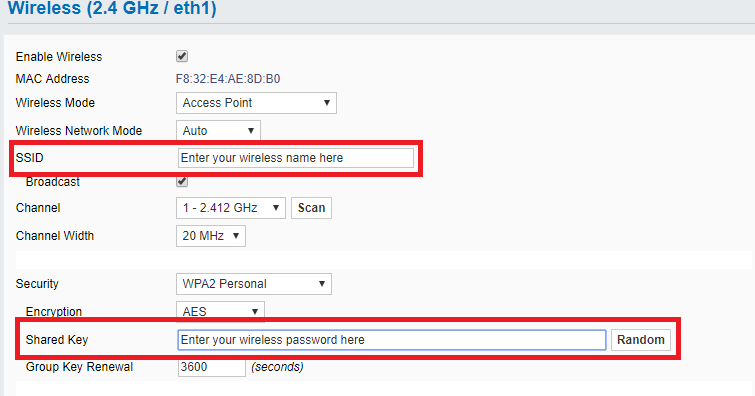
Step 4: Enter the new Network Key you want to use and then select Apply to save your new settings.

Step 5: Reconnect all your devices using a new wireless password.
How to Reboot or Restart A Wireless Router
Restarting your router could help you in solving various network issue, and it is a simple troubleshooting step. Restarting is different from resetting your router and in case you have a separate router and modem devices follow these steps to restart your router carefully:
Step 1: Look for a power button and switch off all your hardware devices. Next, unplug them, i.e., all the router devices.
Step 2: Wait at least 30 seconds. You must know that this is a crucial step because as you turn off a device and then switch it on back again, it might help in preventing hardware damage.
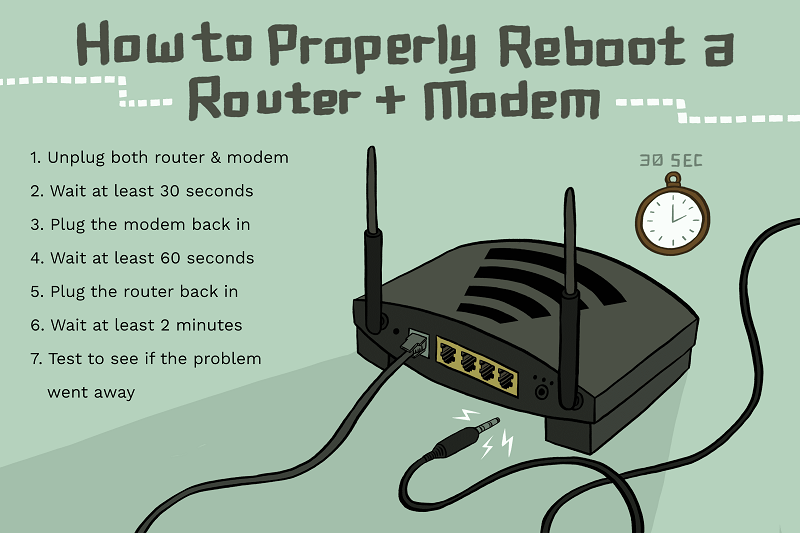
Step 3: Next, switch on your modem and then wait for the modem to boot and establish a connection. After you switch on your modem, it needs time to authenticate with your ISP that is why its recommended to wait after switching on the modem so it can receive a new IP Address.
Step 4: Then turn on your router if your router and modem are connected separately to your computer, but if the router has them in the combined unit, you might not need this step and can skip it.
Step 5: At last, reconnect all other network hardware devices which you unplugged earlier (if there is any, otherwise you can skip this step also).
After you performed all the steps mentioned above, you might have to wait and give your devices a few minutes before your internet connection, and all the devices are reconnected to ISP. Finally, check and make sure if reboot has solved the issues you have had earlier regarding your router.
How to Reset Router To Factory Default Settings
If you ever forgot your router password or lose it or mess up any settings of your router and can not access it, you may perform a router rest to restore its factory defaults and log in again. To reset your router, follow these steps:
Step 1: Locate the Reset Button on the back of your router.

Step 2: With the router powered on, you might need a paper clip. Use the pointed end of the paper clip to press and hold the Reset button for 15-20 seconds.
Step 3: Wait for the router to reset and power the router back on fully.
After you reset your router it’s default factory settings will be restored, reconfigure your router and update your WiFi devices to use the same customized WiFi settings. But first, you should give your router some time to restore its internet connection.
Also Read:
